Undressing the ASUS STRIX RTX 2080 Ti White Edition
Now we get to tear apart the white edition STRIX 2080 Ti and take a look at what is under the hood. This is where we can assess the core components, layout, and any other pertinent details.
First up, we remove the cooling solution with four screws surrounding the GPU. There are also two screws affixing the metal plate on the fin stack to the power stages of the VRM, or part of the VRM.
Here, we get a look at both the card with the stiffening brace still attached, along with the cooler itself. The cooler, as you can see, has six total heatpipes looped from the GPU base to the fin stack.
Pulling the brace and backplate, which is fastened to shows that the brace works as a passive cooling element for the second part of the GPU VRM. Also cooled by the brace is the eleven GDDR6 memory chips. The backplate, you can see, has a connector, which illuminates the ROG eye logo on the backplate. The backplate is not used for passive cooling, but mostly for stiffening and aesthetic, along with shear protection for the components on the PCB rear.
Now we get a full view of the naked PCB of the STRIX 2080 Ti, and I must say it is massive in comparison to something like the FE, which in its own right was overkill with the power limits that Nvidia has in place. The fact that we know that more people are likely to do XOC benchmarking with a custom card like this, we see the VRM as justified; however, there will need to be a shunt mod or another solution to bypass the intrusive power limit and see the full potential of this massive graphics card.
The GPU, as expected, is a TU102-300A-K1-A1, which ASUS claims to have binned for these model GPUs. Worst case, it will run the overclock that is advertised, but if the silicon lottery is on your side, you may get a GPU with a ton of headroom.
The memory used for the STRIX RTX 2080 Ti model card is Samsung model K4Z80325BC-HC14, which is 1GB IC’s rated at 14.0Gbps. The clock out of the box is 14.8Gbps, and with some of the Samsung GDDR6 powered cards I have seen, these should have some frequency left on the table.
The VRM is split into two sections, just like we saw on the FE model. This one if weighted a bit more on the PCIe power connector side with twelve power stages on that side while the remaining seven power stages are on the I/O side of the GPU. The top three on the PCIe power connector side of the GPU is for the memory, while the remaining nine are to feed the massive GPU. The full seven from the I/O side are feeding the GPU as well. This design of power solution is quite good as it can help mitigate voltage drop across the GPU core, which can occur from a standard VRM implementation where the power feeds from the power connector side of the card only.
The memory VRM is a three-phase unit with Infineon TDA21462 60A power stages. These are smart power stages and are fully integrated units with all necessary components within a single package. UP9512 control the three phases, but not the one you are used to as this one appears to be a four-phase capable controller.
The vGPU VRM is equipped with sixteen CSD95480RWJ smart power stages rated for a peak of 70A. These stages are very efficient and, according to their datasheet, can offer over 95% efficiency at up to 35A, which means the thermal output form these stages are going to be nominal. The sixteen power stages are controlled by Monolithic Power systems MP2888A, which is a ten-phase controller. Obviously, with sixteen power stages, some of these power stages will be paired up on the same phase form the controller, so while there are sixteen physical power stages, this is not a true sixteen phase VRM, as each power stage does not have its own PWM signal from the controller. But I digress, this VRM is still plenty capable of handling several hundred amps with little to no issues even when pushing LN2 level clocks as long as it has a reasonable amount of airflow, even without a heatsink applied to the power stages.
Lastly, we wanted to call out the Fan Connect II hardware, which has dual 4-pin fan headers and is controlled by the ITE 8915FN-56 controller.
 Bjorn3D.com Bjorn3d.com – Satisfying Your Daily Tech Cravings Since 1996
Bjorn3D.com Bjorn3d.com – Satisfying Your Daily Tech Cravings Since 1996
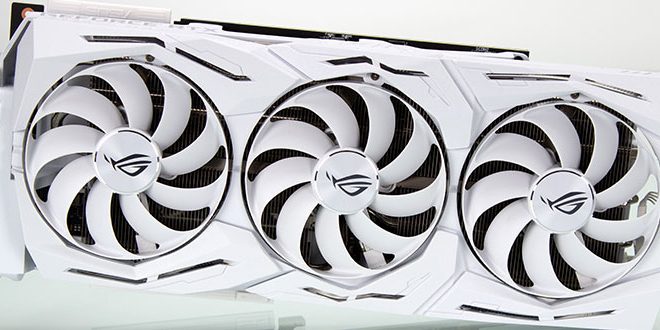




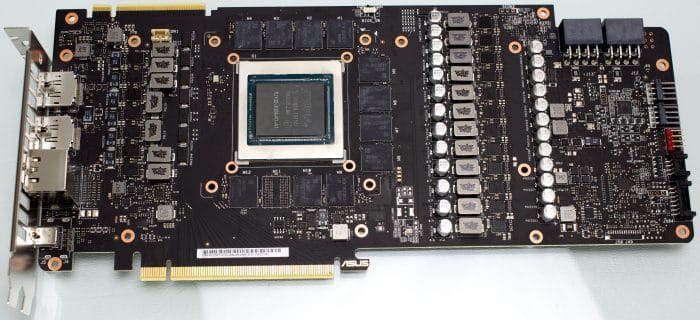


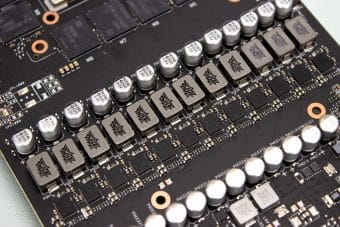
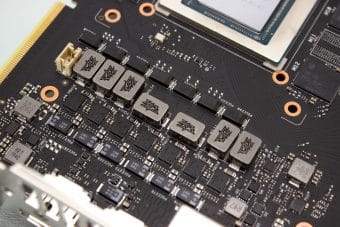




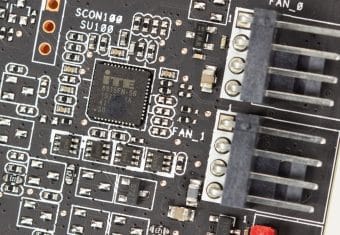


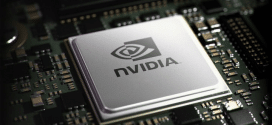

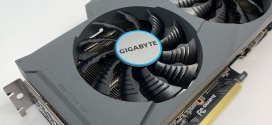




Only galax knows how to make a white card